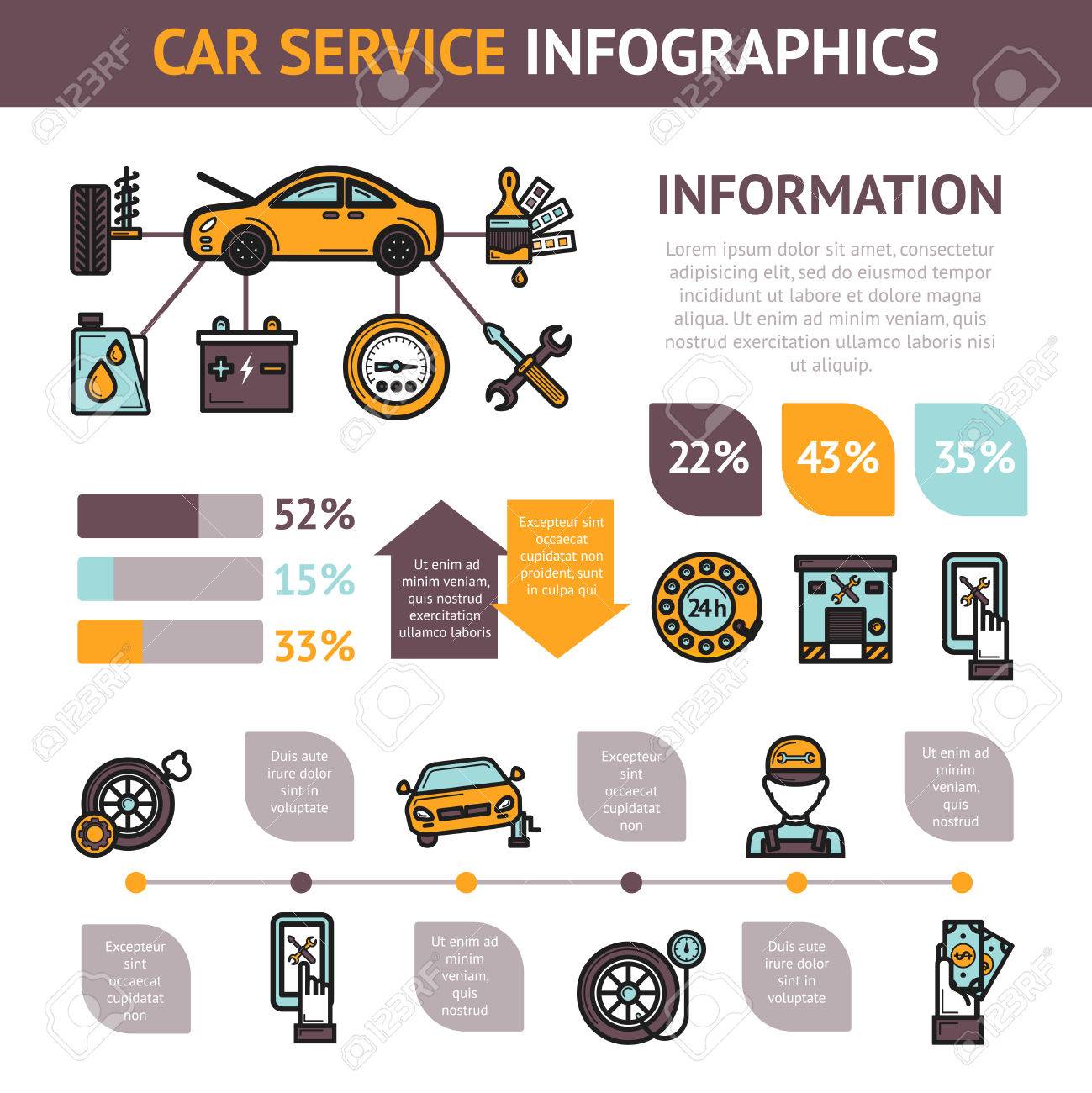Comprehending Your Car'S Warning Lights: What Do They Truly Mean?
Comprehending Your Car'S Warning Lights: What Do They Truly Mean?
Blog Article
Authored By-Higgins Corbett
When you're behind the wheel, those radiant caution lights on your control panel can be a bit complicated. Do you know what they're trying to tell you concerning your car's health and wellness? Understanding the value of these lights is essential for your security and the long life of your automobile. So, the next time one of those lights appears, wouldn't you wish to decode its message accurately and take the needed steps to address it?
Common Warning Lighting and Interpretations
Recognize usual caution lights in your cars and truck and recognize their definitions to make sure secure driving.
One of the most normal warning lights consist of the check engine light, which indicates problems with the engine or exhausts system. If this light begins, it's essential to have your lorry examined immediately.
The oil stress advising light suggests low oil pressure, needing prompt interest to stop engine damages.
A blinking battery light might suggest a damaged charging system, possibly leaving you stranded otherwise resolved.
The tire stress monitoring system (TPMS) light notifies you to reduced tire stress, impacting vehicle security and gas effectiveness. Overlooking this can result in risky driving conditions.
The abdominal light shows a trouble with the anti-lock braking system, endangering your ability to quit rapidly in emergencies.
Last but not least, the coolant temperature warning light warns of engine getting too hot, which can lead to severe damage otherwise fixed promptly.
Understanding these common warning lights will certainly aid you resolve issues immediately and maintain secure driving problems.
Importance of Prompt Interest
Comprehending the usual caution lights in your vehicle is only the first step; the relevance of promptly addressing these warnings can't be highlighted enough to ensure your safety and security when driving.
When a warning light illuminates on your control panel, it's your auto's means of connecting a prospective issue that requires focus. Overlooking these cautions can cause a lot more extreme problems down the road, jeopardizing your safety and possibly costing you a lot more in repairs.
Trigger focus to warning lights can avoid failures and crashes. For instance, a flashing check engine light might indicate a misfire that, if left unattended, might cause damages to the catalytic converter. Resolving this immediately can conserve you from an expensive repair.
Likewise, a brake system alerting light may signal reduced brake liquid or worn brake pads, crucial parts for your safety and security when driving.
DIY Troubleshooting Tips
If you notice a caution light on your dashboard, there are a few do it yourself repairing pointers you can try prior to seeking professional aid.
The very first step is to consult your vehicle's guidebook to recognize what the specific warning light shows. Occasionally the issue can be as straightforward as a loosened gas cap causing the check engine light. Tightening the gas cap may solve the problem.
One more usual concern is a low battery, which can activate different alerting lights. Examining continue reading this for deterioration and ensuring they're secure could deal with the trouble.
If a caution light continues, you can try resetting it by disconnecting the automobile's battery for a few minutes and after that reconnecting it. Furthermore, checking your vehicle's fluid degrees, such as oil, coolant, and brake liquid, can assist troubleshoot advising lights connected to these systems.
Verdict
In conclusion, comprehending your cars and truck's warning lights is vital for keeping your lorry running efficiently and securely. By without delay resolving these signals and recognizing what they indicate, you can avoid expensive fixings and possible breakdowns.
Keep in https://www.motorbiscuit.com/remove-parking-violation-sticker-car-window/ to consult your auto's manual for certain information on each warning light and do something about it appropriately to make certain a trouble-free driving experience.
Keep notified, stay risk-free when driving!
